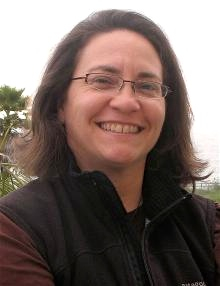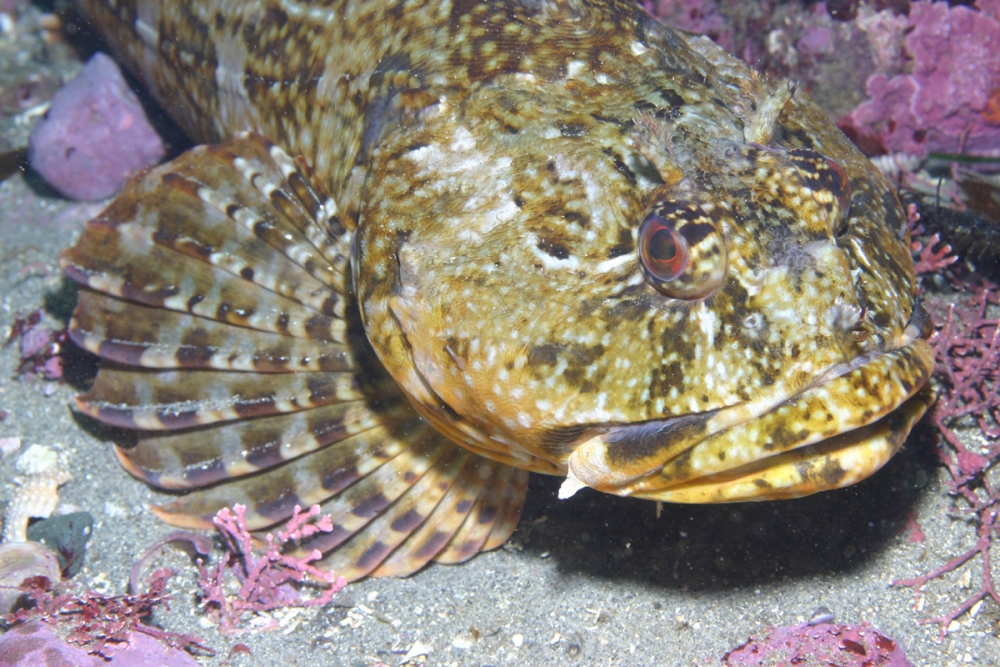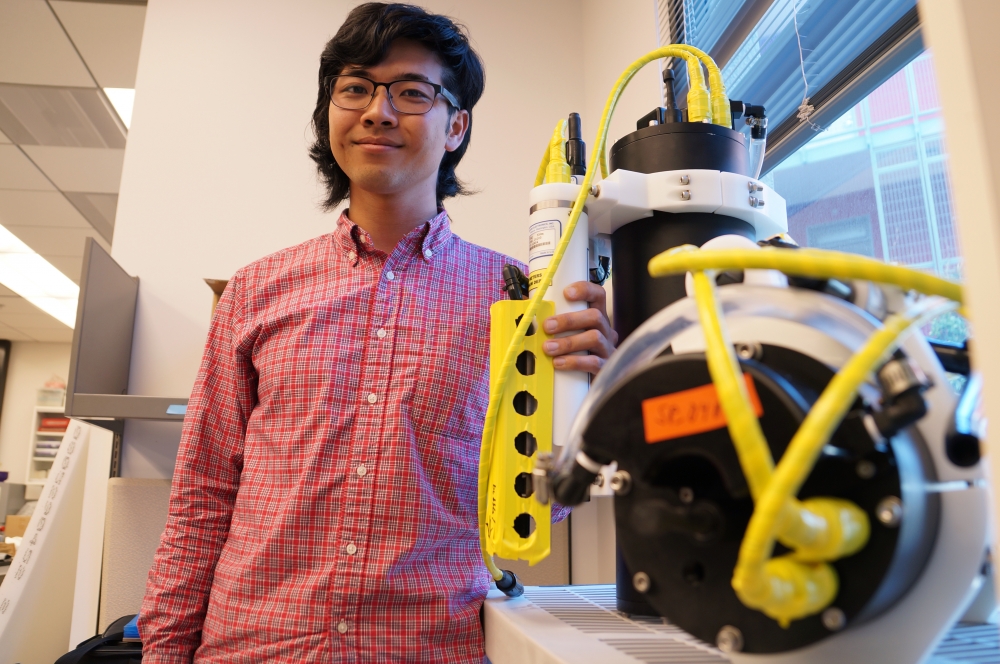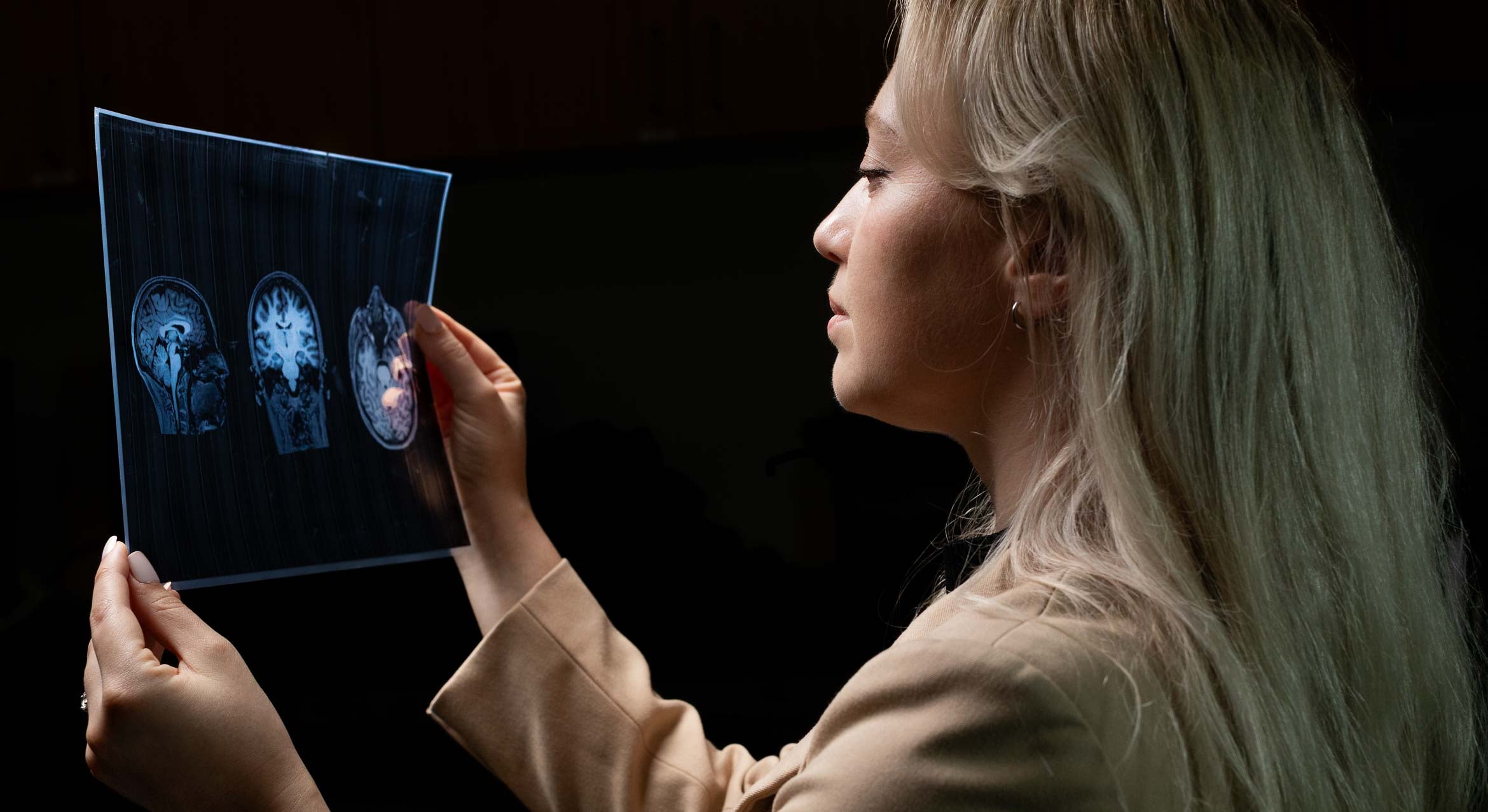Understanding Adaptive Capacity

As ocean acidification and warming continue to increase due to climate change, how will California fisheries respond? UC Santa Barbara’s Gretchen Hofmann is looking to answer that question. She is one of seven recipients of a California Sea Grant Core Award from the National Oceanic and Atmospheric Administration (NOAA).
Hofmann’s research focuses on the impact of ocean acidification on the early life stages of cabezon (Scorpaenichthys marmoratus), a bottom-dwelling rockfish that inhabits California’s coastal kelp forests. Cabezon are fished for food in the Santa Barbara Channel.
To date, no studies in California examine the vulnerable early life stages of this highly prized fish. By studying how acidic conditions impact their early development the researchers expect to get an idea of how the community as a whole will be impacted in the future.
Scientists expect that coastal regions such as the California Current Large Marine Ecosystem will be highly vulnerable to ocean acidification in the future as the resident animal and plant life within kelp forests face an environment with inadequate oxygen and low pH. Hofmann’s project will examine the organism-environment interactions of cabezon eggs and larva and their relationship to levels of CO2 in the blood as well as oxygen levels and temperature in the kelp forest habitat.
Umihiko Hoshijima, a second-year graduate student in the Hofmann Lab, has already deployed SeaFET sensors in the Santa Barbara Channel to record pH levels and monitor the natural variability that arises from episodic upwelling. This type of event occurs when winds bring cold water up from ocean depths where the oxygen has been replaced by carbon dioxide (CO2).
“The pH of the water is directly related to the amount of CO2 in it, and the higher the CO2, the lower the pH,” said Hofmann, a professor in the Department of Ecology, Evolution and Marine Biology. “We want to explore the effect of pH variability on the really early life stages of this species. Do they hatch at different times? Do they grow at different times, at different rates? Do they use their yolk stores at different rates under different pH conditions?”
The sensors will document conditions within the kelp at an existing Santa Barbara Coastal Long-Term Ecological Research Project site at Mohawk Reef off the city’s Mesa area and at Arroyo Quemado between Refugio and Gaviota state beaches. Subsequently, Hoshijima will collect egg masses to rear in the laboratory under varied parameters based on sensor measurements. He will then track the growth, energy usage, oxygen consumption, temperature tolerance and survival capability of cabezon eggs.
“We’re able to co-locate sensors with biological experiments so that we are getting the physical data about the ocean using these oceanographic sensors but we’re also doing biological experiments that directly tie to that oceanographic work,” noted Hofmann. She is currently a Fulbright scholar to New Zealand, where she is collaborating with the local marine science community.
The project will also explore the importance of genetics and impacts on gene expression. For example, Hofmann and Hoshijima want to ascertain whether the genetic makeup of certain cabezon make them more resistant to pH change.
“I hope to get a better understanding of how cabezon might undergo change in the future as well as the mechanisms by which they are impacted,” said Hoshijima, a National Science Foundation Graduate Fellow. “I want to delve not only into what’s happening but also why it’s happening on the biological level.”
Headquartered at UC San Diego’s Scripps Institution of Oceanography, the National Sea Grant College Program is a network of 33 university-based programs dedicated to enhancing the understanding, conservation and sustainable use of the nation’s coastal and marine resources.





